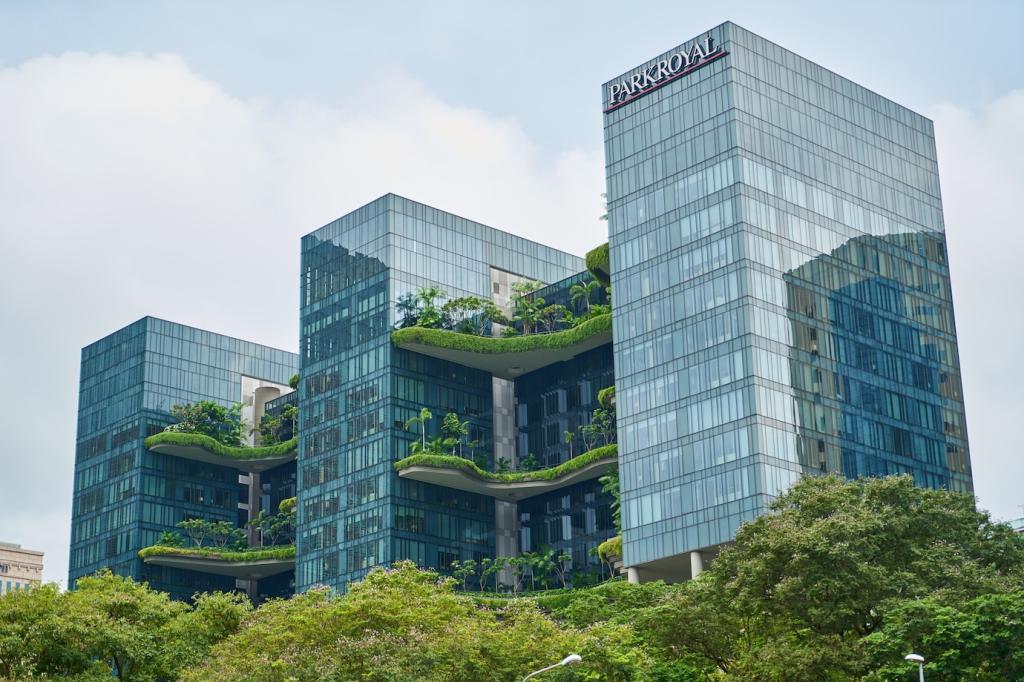This website uses cookies so that we can provide you with the best user experience possible. Cookie information is stored in your browser and performs functions such as recognising you when you return to our website and helping our team to understand which sections of the website you find most interesting and useful.
Innovations in Green Building Materials
Advancements in green building materials are driving a sustainable revolution in the construction industry. As communities around the world increasingly prioritize environmental responsibility, innovative materials and practices are transforming the way structures are designed, built, and operated. These innovations range from advanced insulation solutions to waste-reducing production methods and renewable alternatives to traditional resources. This page delves into the most impactful developments, examining both cutting-edge materials and the principles guiding their integration. By exploring these evolutions in sustainable construction, we illuminate the path toward healthier, more efficient buildings that benefit both occupants and the planet.
Sustainable Insulation Technologies
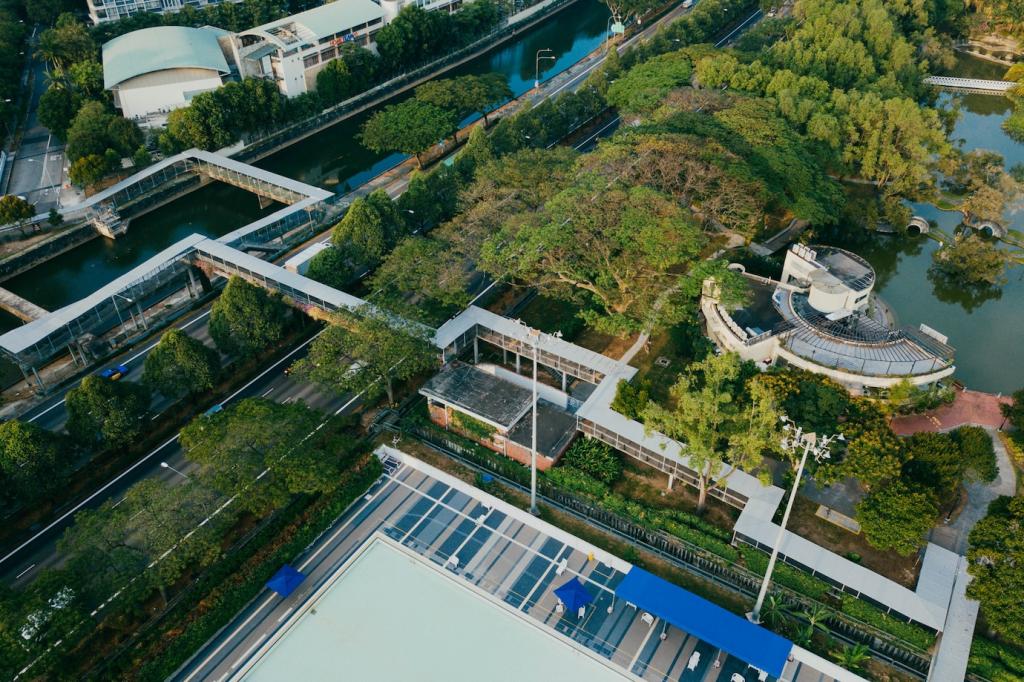
Innovative Concrete Alternatives
High-Performance Geopolymer Concrete
Recycled Aggregate Concrete
CarbonCure and Carbon-Injection Technologies
Cross-Laminated Timber (CLT)
Bamboo Composites
Cork for Building Applications
Smart Materials and Nanotechnology
Self-Healing Concrete
Thermochromic and Photochromic Glazing
Nano-Enhanced Coatings
Waste-Reduction and Recycled Content Materials
Engineered Recycled Plastics
Cradle-to-Cradle Certified Materials
Upcycled Construction Components
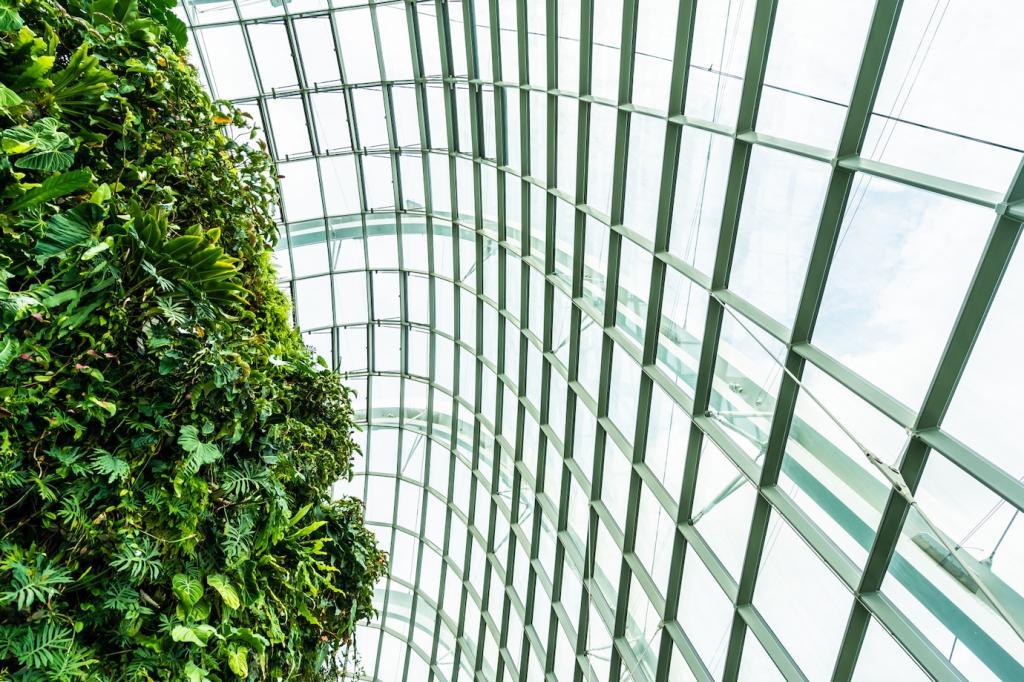
Energy-Harvesting Building Materials
Low-Impact Finishes and Paints
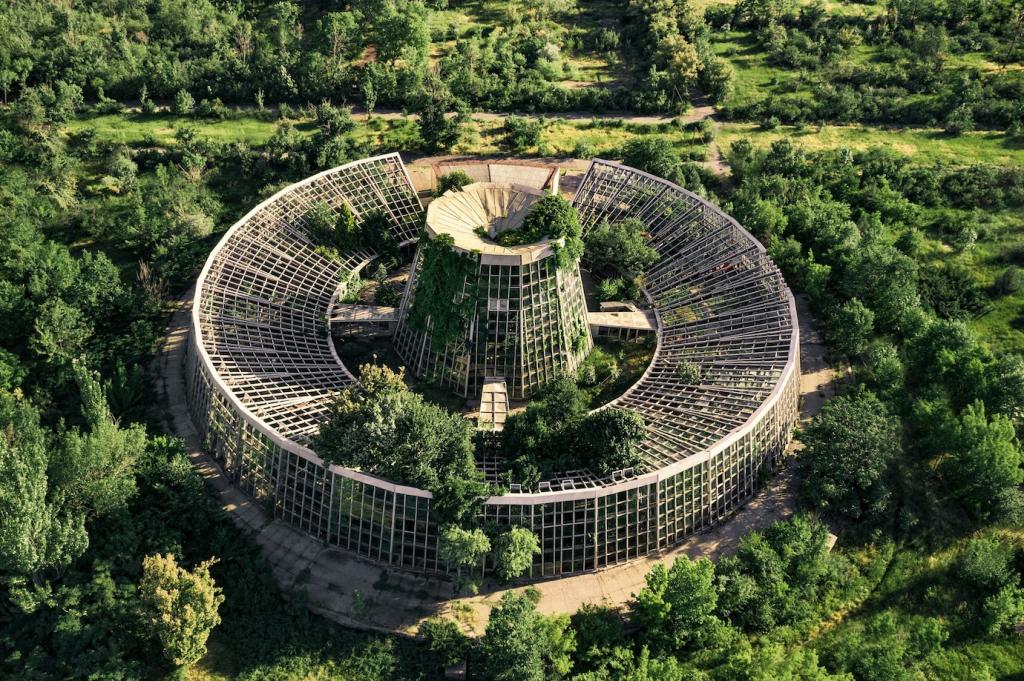
Formaldehyde-Free Wood Products
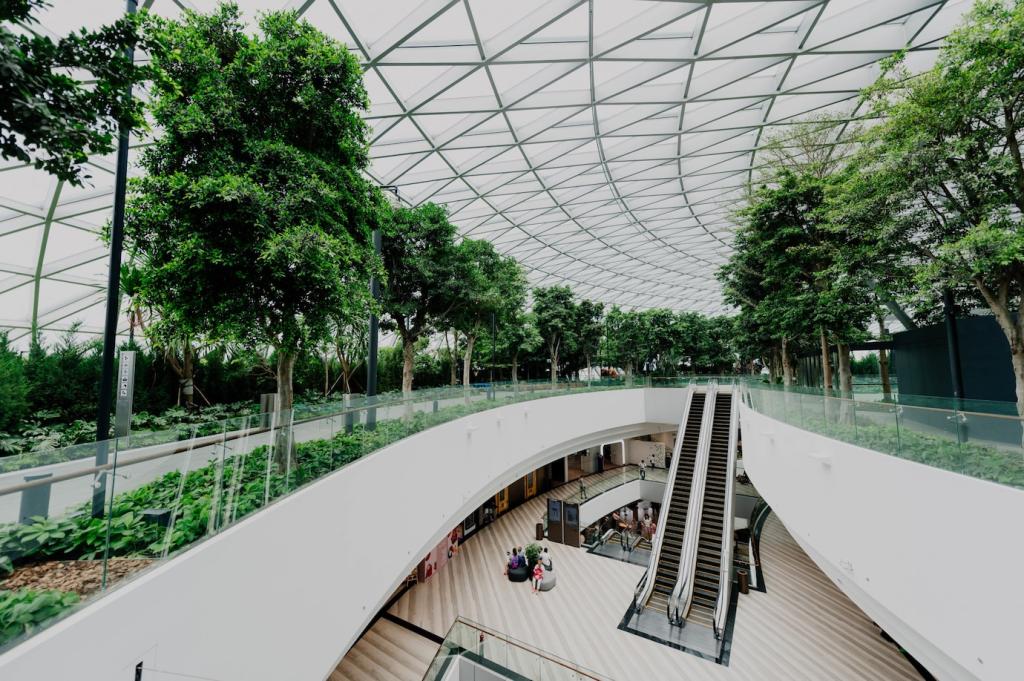
Green Certified Carpets and Textiles
